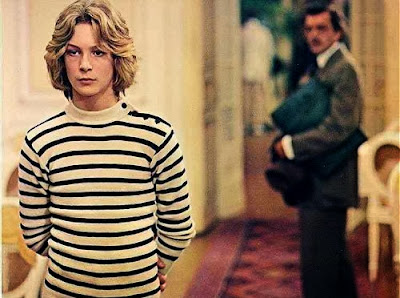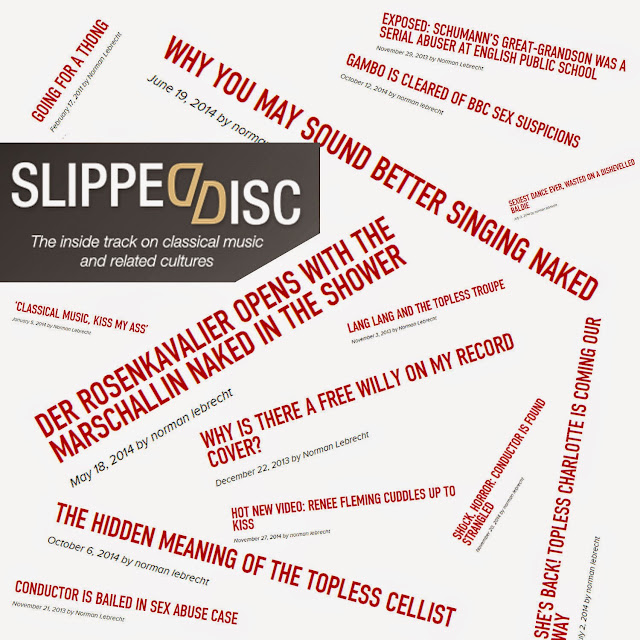Classical music is lone art and not crowd art
Loneliness has been the reason behind the creation of many masterpieces of art and literature, but compared to the general picture of lonely people and their miseries, these are only exceptional cases. We have missed seeing this most important of human conditions as a talent, as an inward concentration to be used for, rather than against, a human's well-being.Those musings were written by Nader Khalili in 1983. Nader Khalili (1936-2008) was an Iranian-born American architect, writer, and humanitarian whose mission was to create low-cost, energy-efficient housing using traditional technologies. Laura Huxley, Aldous Huxley’s widow, described Khalili as a “practical visionary.” He published two books of translations of Mevlana Rumi's poetry. The artwork for American-Israeli oud virtuoso, educator and music therapist* Yuval Ron's CD Oud Prayers on the Road to St. Jacques seen above shows Khalili's Rumi Dome; this was built at Cal-Earth in California using his 'super-adobe' building process**.
We teach, from kindergarten through the universities, all sorts of useful lessons to children. Reading writing, arithmetic and hundreds of other subjects are taught in schools, to be used on small occasions in life, but no occasion occurs as often as the occasion for a person to be alone. And yet we haven't developed any teaching for it. If we teach our children what I call the "lone art," then human life, alone or in society, will be quite different at many levels and ages than what it is today. Every day a child should learn how to be comfortably, even happily, alone to better his "lone art" education, and once he has learned, not only will he not run away from being alone, but he may also enjoy creating something in that period.
If taught in a school, the "lone art" classes must be more typical of the spaces people use in daily life. Individual students attending a space alone will think, create or simply daydream, and then will write, tell, and share the experience with others. Students will have the choice of pursuing the "lone art," and like the arts of painting, writing and music, new masterpieces may be created for others to emulate. And as the child grows into youth and then moves into adulthood and finally old age, he will know what to do with his "lone art" ability just as he knows what to do with his reading or writing or walking ability.
As Nader Khalili tells us, loneliness was the reason behind the creation of many artistic masterpieces, and that includes many masterpieces of classical music from Schubert's Winterreise to Elliott Carter's First String Quartet. But the all-pervading influence of social media, which measures success by number of Facebook friends and Twitter followers, is replacing 'lone art' with 'crowd art'. In Which Lie Did I Tell? screenwriter William Goldman explained that the difference between art and entertainment is that entertainment tells us lies or comforting truisms that we know already, while art tells us uncomfortable truths that we don't want to hear. The comforting truisms of crowd art - which is entertainment by another name - breed social media approval, while the uncomfortable truths of lone art do the opposite. Most of the changes being imposed on classical music in the name of anti-elitism do no more than to reinvent it as crowd art. Sorry to repeat myself, but it is my thesis that this enforced transition of classical music from its raison d'être of lone art to the fiscal honeypot of crowd art explains many of its current problems.
*Yuval Ron's recently published Divine Attunement: Music as a Path to Wisdom, an exploration of how Jewish Kabbalists, Gnostic Christians, Sufi mystics use sound to heal the body, mind, and spirit, is recommended, but no review samples were used in this post.
** Interview with Nader Khalili at EarthLight Library is essential reading.
Any copyrighted material is included as "fair use" for critical analysis only, and will be removed at the request of copyright owner(s). Also on Facebook and Twitter.









Comments
I stopped attending Vancouver SO conerts for reasons of principle, e.g., what they did to Rudolf Barshai. Now, reading this, it dawned on me that I was never really happy listening to music in a 3200-seat venue, always with the same seats empty -- the premium ones bought in blocks by corporations in case visitors ask to go to a concert ho ho -- and the same 2000 or so people. Crowd music.
That raises another point. All orchestras aim to fill the hall with subscribers, and they are often perennial. Thus a vast amount of public money goes to organizations such as the VSO for the benefit of rarely more than the same 2000 people.
Obviously, I see a lot of dubious goings-on here. But we come closer to lone art, for around the City there are a number of small ensembles, unfunded concert seasons, all specialized in some form or period of music, all struggling financially. Here, I've believed for long that the trucks of bucks that go to the VSO would be vastly better spent on small and often fine musical groups of whatever sort scattered around the City, for that would most certainly bring music to more people, and I strongly suspect new audiences, smaller and constantly varying, more surely seeking a profound musical experience, more likely of music never played by the Symphony.
I'm a Londoner born and bred and still so at heart, so it does pain me to say this, but the above makes me ponder Rattle and the new hall debate. What has been so wrong with the VSO can be generalized, and specific issues mutatis mutandis. How often will Rattle be with the Orchestra? As often as Belohlovek was with the BBC? How many unprepared jet-setters like Gergiev will give lousy performances. How many people in total will benefit from how much public money?
And how many smaller organizations will struggle or die as they try to bring this lone art to smaller audiences, ones always, in my experience, seeking that surer and deeper experience.
At bottom this is really corporatism again, just as has afflicted so many aspects of the music business. Many fine, perhaps great musicians get lost because of it in all its manifestations. Where do they go? Many become teachers.
But many are like the writers and visual artists, the loneliest of all, who struggle to 'make it'. They get sucked into the corporate media and commercial art. Crowd art. And that suits the corporate world just fine.
All serious creative artists create alone. They do not need crowds to read, look, or listen. They need connoisseurs, the dedicated, searching people. Those do this alone, even with other people. What the Arts need is its own redistribution of wealth, to help the lone artists, to bring all arts to more people via smaller but numerous venues and organizations, those which now struggle and die while the powers-that-be debate whether to build a new hall -- for what, exactly? By doing the above the lone artist is helped, the dying organizations are revived, and more people can experience the lone art 'alone', not literally, but in small audiences of the like-minded a much more personal experience is the more certain to be offered.
I'll not expand on this, but the knowing may reflect that helping the lost artist, bringing fore lost composers, and defying the corporate interests are three of the things Klaus Heymann has done via Naxos.